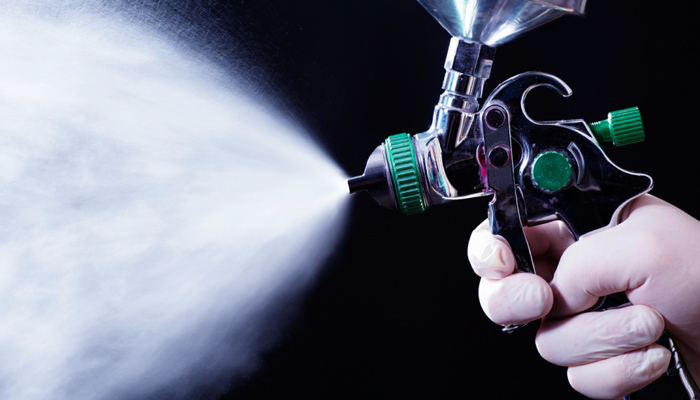|
Surface Treatment Type
|
Concepts and Applications of the process
|
|
Electroplating
|
A method of forming metallic coatings (plating films) on subject metal surfaces submerged in solutions containing ions by utilizing electrical reduction effects. Electoplating is employed in a wide variety of fields from micro components to large products in information equipment, automobiles, and home appliances for ornamental plating, anti-corrosive plating, and functional plating.
|
|
Electroless Plating
|
A plating method that does not use electricity. The reduction agent that replaces the electricity is contained in the plating solution. With proper re-processing, virtually any material such as paper, fabrics, plastic and metals can be plated, and the distribution of the film thickness is more uniform, but slower than electroplating. This is different from chemical plating by substitution reaction.
|
|
Chemical Process
(Chemical Coating)
|
The process creates thin films of sulfide and oxide films by chemical reactions such as post zinc plating chromate treatment, phosphate film coating (Parkerizing), black oxide treatments on iron and steels, and chromic acid coating on aluminum. It is used for metal coloring, corrosion protection, and priming of surfaces to be painted to improve paint adhesion.
|
|
Anodic Oxidation Process
|
This is a surface treatment for light metals such as aluminum and titanium, and oxide films are formed by electrolysis of the products made into anodes in electrolytic solutions. Because the coating (anodizing film) is porous, dyeing and coloring are applied to be used as construction materials such as sashes, and vessels. There is low temperature treated hard coating also.
|
|
Hot Dipping
|
Products are dipped in dissolved tin, lead, zinc, aluminum, and solder to form surface metallic films. It is also called Dobuzuke plating and Tempura plating. Familiar example is zinc plating on steel towers.
|
|
Vacuum Plating
|
Gasified or ionized metals, oxides, and nitrides in vacuum chambers are vapor deposited with this method. Methods are vacuum vapor deposition, sputtering, ion plating, ion nitriding, and ion implantation. Titanium nitride is of gold color.
|
|
Painting
|
There are spray painting, electrostatic painting, electrodeposition painting, powder painting methods, and are generally used for surface decorations, anti-rusting and anti-corrosion. Recently, functional painting such as electro-conductive painting, non-adhesive painting, and lubricating painting are in active uses.
|
|
Thermal Spraying
|
Metals and ceramics (oxides, carbides, nitrides) powders are jetted into flames, arcs, plasma streams to be dissolved and be sprayed onto surfaces. Typically used as paint primer bases on larger structural objects, and ceramic thermal spraying for wear prevention.
|
|
Surface Hardening
|
This is a process of metal surface alteration, such as carburizing, nitriding, and induction hardening of steel. The processes improve anti-wear properties and fatigue strength by altering metal surface properties.
|
|
Metallic Cementation
|
This is a method of forming surface alloy layers by covering the surfaces of heated metals and metal diffusion at the same time. There is a method of heating the pre-plated products, as well as heating the products in powdered form of metal to be coated.
|
|

